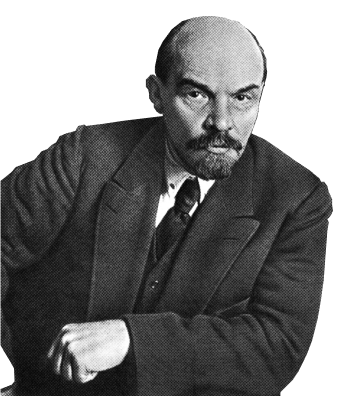
This article is the editorial for issue #20 of Communist Revolution. Subscribe here or order a copy of the new issue in our store.
Canada is staring down the barrel of a gun.
The Canadian economy is on the brink of recession, productivity is stagnant, and investment is fleeing the country at record levels. This is the situation in which Mark Carney put forward his first budget on Nov. 4.
Unsurprisingly, the budget is filled with all sorts of “incentives,” meant to lure capital investment. This includes huge corporate handouts as well as a massive corporate tax cut for manufacturers.
This corporate tax cut, known as the “Productivity Super Deduction” is meant to compete with the corporate tax reductions contained in Trump’s “Big Beautiful Bill,” reducing the marginal effective tax rate by more than two percentage points from 15.6 per cent to 13.2 per cent.
The budget pledges to raise military spending by some $82 billion dollars over five years. This, along with the hiring of another 1,000 border security agents is a clear concession to Donald Trump meant to entice him to re-open the U.S. market to Canadian products.
Added up, this represents $141 billion in new spending over five years. The deficit for 2025 is set to increase to $78.3 billion, up from the $42.2 billion forecasted in the 2024 fall economic statement.
In order to pay for this extravagant increase in government spending, Carney will slash 40,000 federal government jobs. This represents 10 per cent of the entire federal workforce over the next five years—a cut even greater than what Stephen Harper, a Conservative, did in office. This, along with other more minor cuts is projected to save $60 billion.
Whether or not this budget passes, the direction of the Carney government has been firmly established.
Ruling class unsatisfied
The incredible thing is that in spite of all of this, the Canadian ruling class did not leave budget day entirely satisfied. The Business Council of Canada (BCC) noted that there were “positive measures” in the budget, but concluded that it lacked “sufficient new measures to reduce taxes or increase incentives on private sector investment”.
This tells us everything about the mentality of the capitalist class in Canada. There is a degree of panic in corporate boardrooms in the country as they face obliteration from their competitors if extreme measures are not taken—and fast. For them, Carney’s pro-corporate, anti-working class measures do not go far enough and are not being implemented fast enough.
Corporate Canada is also not pleased with the government’s plan to run a $78 billion deficit this year—larger even than any of Trudeau’s deficits outside of the pandemic. While they rarely say this openly, the writing is on the wall for massive cuts to healthcare and education spending.
But Carney finds himself in a difficult situation. On the one hand, he needs to satisfy the interests of his corporate paymasters. On the other, meeting their full demands risks sinking his minority government or even provoking a social explosion. The November budget is his uneasy compromise—and is therefore unsatisfactory to everyone.
Carney has pinned his hopes on a dramatic recovery in the Canadian economy, allowing him to sidestep difficult decisions like cutting healthcare transfers. To make this possible, the budget projects an astonishing $500 billion in private investment flowing to Canada over the next five years.
However, no serious person actually believes this possible, especially when investment is currently flowing out of Canada at record numbers. This is why the Business Council is demanding more tax reductions and incentives. These will have to be paid for. Thus, the need for even deeper austerity is unavoidable at a certain stage, at least from a capitalist standpoint.
Carney may yet follow in former Prime Minister Jean Chretien’s footsteps. Chretien’s first budget in 1994 avoided making deep cuts to things like healthcare, though it was demanded by Bay Street at the time. However, in response to the crisis of the bond market in 1995, they pressed Chretien to go further the next time around. His follow up budget in 1995 unleashed the deepest cuts in modern Canadian history.
The lesson? Carney will likely be forced to go even further, especially if there is a generalized economic downturn. The axe must drop, social services must be gutted, crown corporations privatized and union resistance curtailed, with all the consequences of social and political instability that come with it.
It is therefore unsurprising that Carney’s budget states that “the government will also consider options for the privatization of airports.” The budget also states that the government plans to “adjust the collective bargaining dispute resolution framework,” which given the recent history of the Liberals violating the right to strike, stands out as an ominous threat to the labour movement.
Carney’s budget represents a major attack on workers and services, whilst doling out billions to the rich. However, the rumblings on Bay Street suggest he is only just getting started.

